Kentucky bluegrass (Poa pratensis) is a popular lawn choice due to its adaptability, ability to tolerate shade, and resilience to wear and tear. Homeowners worldwide use this healthy turf grass on their lawns, coveting it for its deep green color, fine texture, and ability to withstand heavy foot traffic. Suppose you're considering planting Kentucky bluegrass on your lawn. In that case, this comprehensive guide will provide you with the knowledge and tools necessary to establish, maintain, and enjoy a .
Choosing The Right Kentucky Bluegrass Variety

Kentucky bluegrass comes in various varieties, each with its strengths and weaknesses. For a homeowner's lawn, consider varieties known for their tolerance to shade, drought, and foot traffic. Common Kentucky bluegrass varieties include:
- Midnight: Known for its dark green color and resistance to shade.
- 419: A high-quality variety with excellent wear tolerance.
- Petinott 24: A drought-resistant variety with good color retention.
- Midwestern Common: A well-rounded variety suitable for various conditions.
Preparing Your Lawn For Kentucky Bluegrass Planting
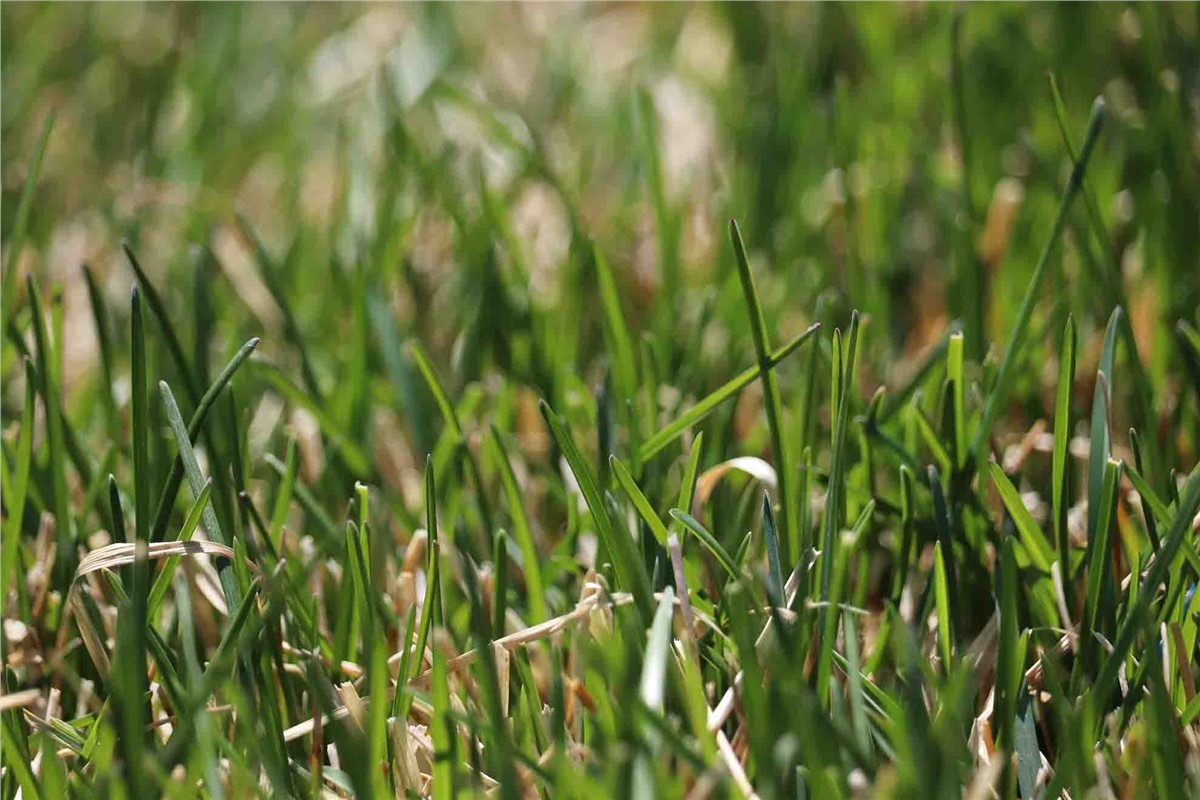
Before planting Kentucky bluegrass, preparing your soil for optimal growth is essential. This involves the following:
- Soil Testing: Conduct a soil test to determine pH levels and nutrient deficiencies. Adjust soil pH if necessary.
- Tilling Or Aeration: Till the soil to improve drainage and aerate to increase oxygen penetration.
- Topsoil Application: Add topsoil if your soil lacks nutrients or structure.
- Removal Of Debris: Clean the soil of debris, rocks, and weedy growth.
Planting Kentucky Bluegrass

Kentucky bluegrass is typically planted in the spring or fall with mild soil temperatures. Follow these steps for proper planting:
- Soil Preparation: Re-grade the soil to ensure proper drainage and levelness.
- Seeding Rate: Follow the recommended seeding rate for the variety you've chosen.
- Seeding Depth: Seed the bluegrass at a depth of 1/4 to 1/2 inch.
- Covering The Seeds: Cover the seeds with a thin layer of topsoil or straw.
- Watering: Water the newly seeded lawn regularly to maintain soil moisture.
Establishing Your Kentucky Bluegrass Lawn
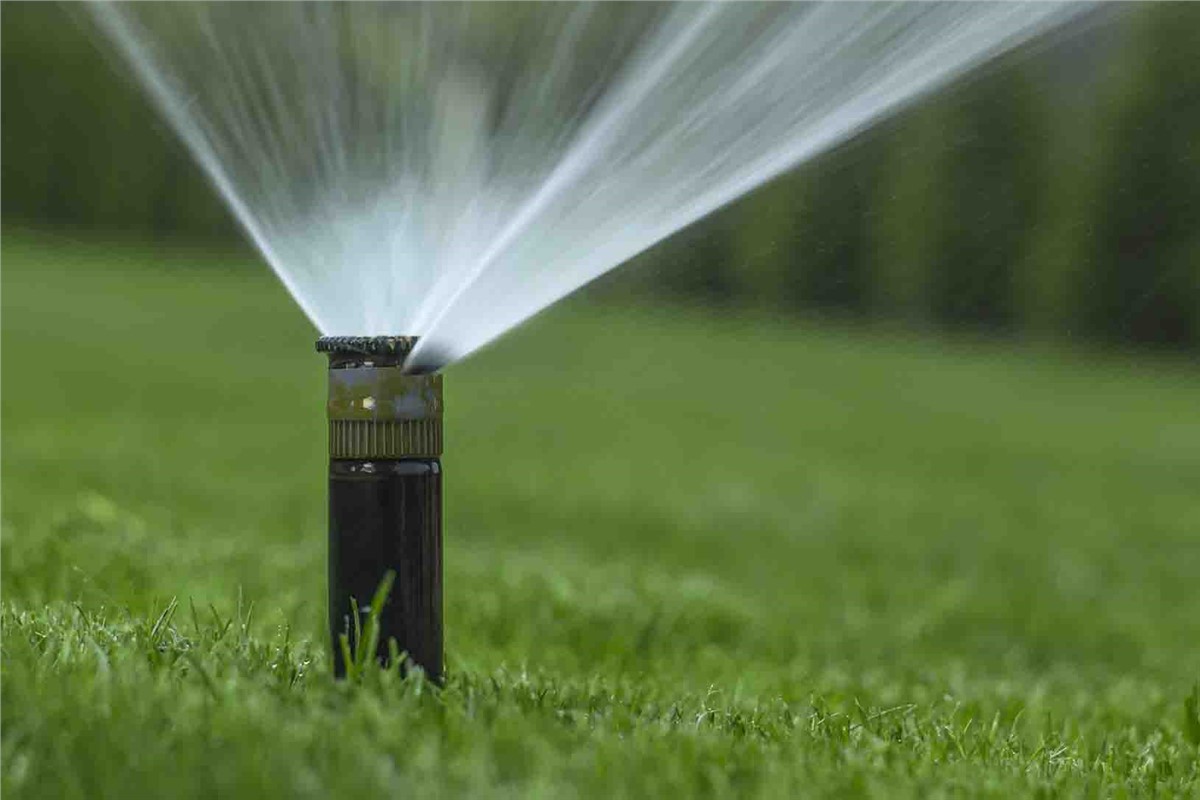
After planting, providing your Kentucky bluegrass with proper care is important to promote establishment and growth. Follow these guidelines:
- Watering: Water deeply and infrequently to encourage deep-root development.
- Mowing: Mow your lawn regularly to maintain a desirable height.
- Fertilization: Fertilize your lawn according to soil test recommendations to provide essential nutrients.
- Weed Control: Control weeds to prevent competition for nutrients and sunlight.
Maintaining A Thriving Kentucky Bluegrass Lawn
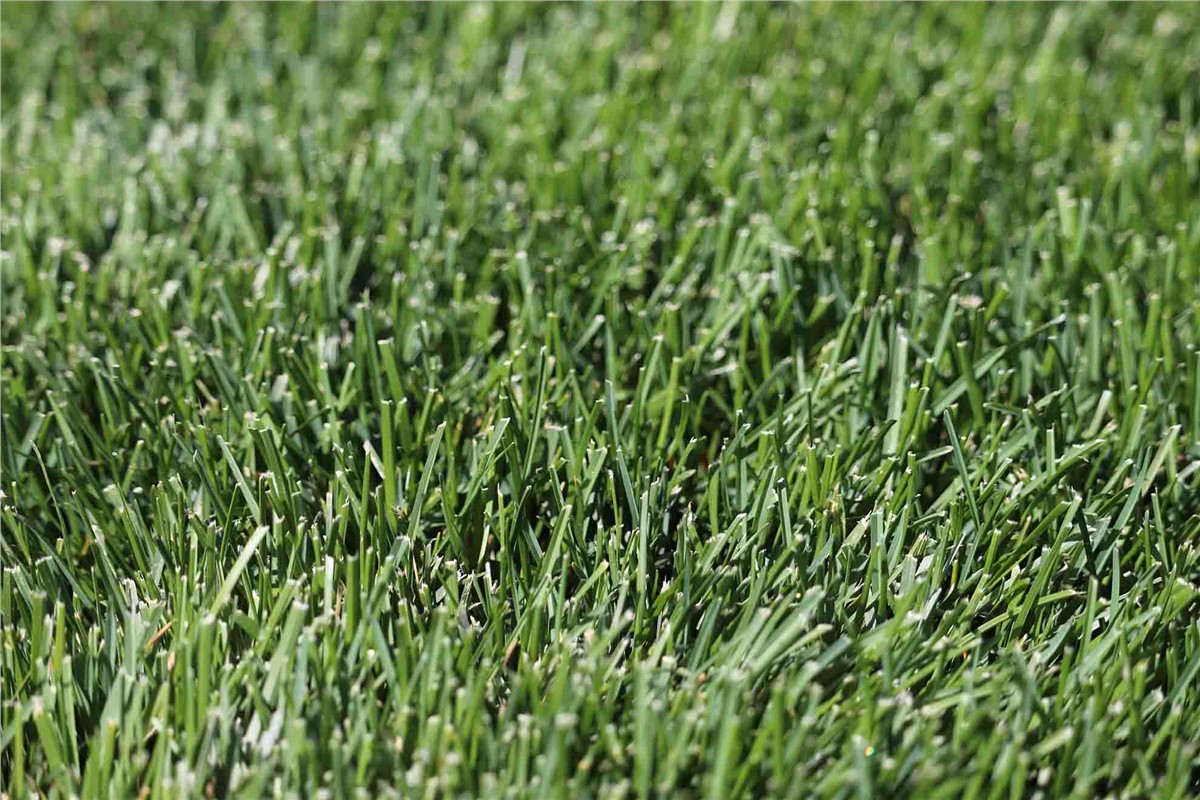
Once your Kentucky bluegrass is established, it will require ongoing maintenance to maintain its health and vigor. Follow these tips:
- Watering: Water your lawn during dry periods to prevent drought stress.
- Mowing: Adjust your mowing height based on your planted variety and desired appearance.
- Fertilization: Follow a regular fertilization schedule to replenish nutrients.
- Weed Control: Continue to monitor and control weeds to prevent their spread.
- Aeration: Aerate your lawn annually to improve drainage and oxygen penetration.
- Dethatching: Dethatch your lawn periodically to remove dead organic matter and encourage healthy growth.
Additional Tips For A Healthy Kentucky Bluegrass Lawn

Here are some additional tips to keep in mind for maintaining a healthy and vibrant Kentucky bluegrass lawn:
- Avoid Compaction: Compacted soil can restrict root growth and hinder lawn health.
- Manage Foot Traffic: Avoid excessive foot traffic, especially during wet periods, to prevent damage to the turf.
- Inspect For Pests & Diseases: Regularly inspect your lawn for signs of pests or diseases and take appropriate action if necessary.
- Consider Professional Lawn Care: If you need assistance, consult a professional lawn care company for expert advice and services. Simple Lawns is prepared to help you create the ideal conditions to grow this desirable lush green grass and get you that lawn of your dreams.
By following these guidelines, you can effectively establish, maintain, and enjoy a healthy, thriving Kentucky bluegrass lawn that will enhance the beauty and value of your home. Remember, regular care and proactive measures are key to keeping your lawn lush, green, and resilient for years.
Subscribe to Simple Lawns's Blog



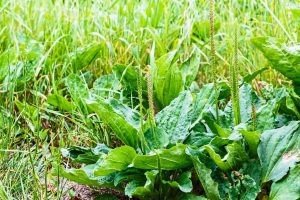
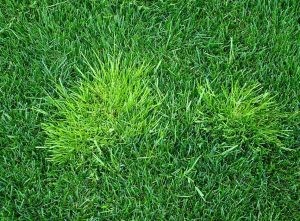
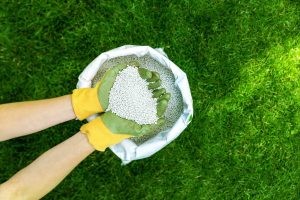
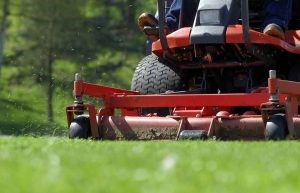


Comments